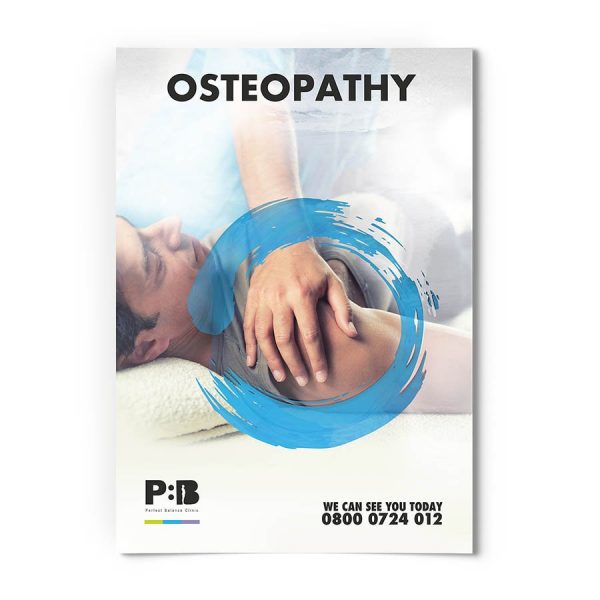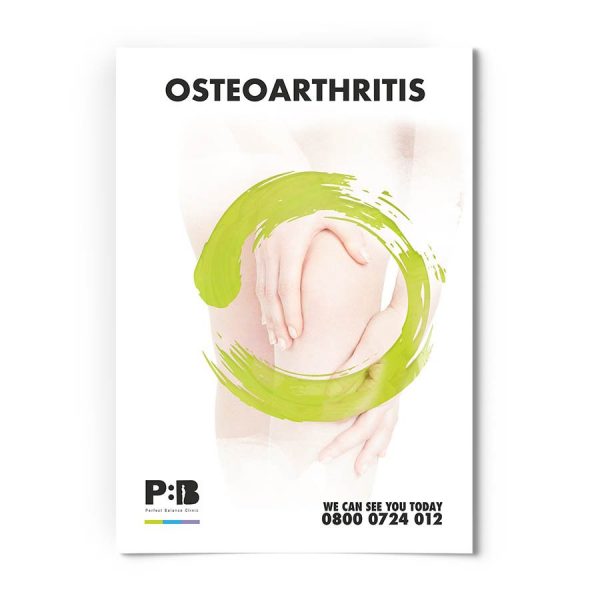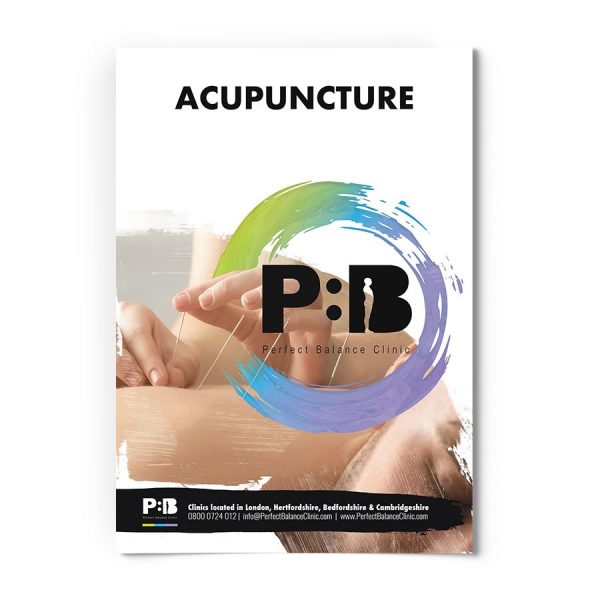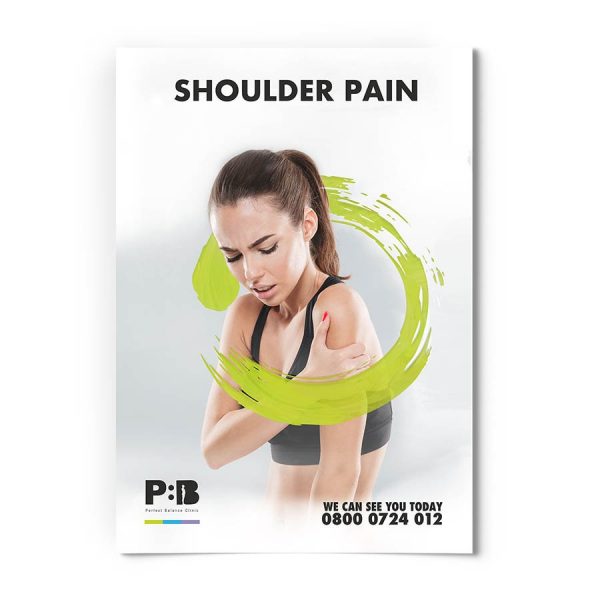Osteoporosis can be defined as a skeletal disorder that is characterised by compromised bone strength, which leads to an increased risk of fracture. The alterations that occur in the micro-architecture of the bone, especially the sites of rich trabecular bone (the porous bone found in the spine, wrists, and hips) are common sites for osteoporosis and osteoporosis-related fractures.
It can simply be described as a normal trabecular bone structure consists of resilient interconnected plates and broad beams that provide great strength. In individuals with osteoporosis, these plates are disrupted and deteriorate into weakened rod-like structures that are no longer well connected, therefore altering and decreasing the strength of these bones.
Measurement of Bone Mineral Density (BMD)
An accurate assessment of the BMD is needed in the diagnosis of osteoporosis, in the prediction of the likelihood of osteoporosis and future fractures, and the identification of patients in whom to initiate therapy and treatment effectively. The gold standard in medical practice to determine BMD is the use of a Dual-energy X-ray absorptiometry (DXA).
Risk and Predisposing Factors for Osteoporosis
- Early or late menopause
- Hysterectomy
- Smoking
- Age risk increases with age
- Poor diet low Calcium and Vitamin D intake
- Family history of osteoporosis
- Excessive alcohol intake
- Sedentary lifestyle
- Long-term steroid use
- Gender more common in females than males
Prevention of Osteoporosis
Diet
An adequate intake of Calcium and Vitamin D is needed. However, to absorb Vitamin D, you also need Vitamin K.
One of the best sources of Calcium is tofu, as well as other vegetables such as red kidney beans, soya beans, broccoli, cabbage, celery, and parsnips. Calcium can also be found in sesame seeds, dried apricots, basil, thyme, cinnamon, and peppermint leaves. Products originating from cows milk do contain Calcium; however, it does not contain Vitamin D.
Food sources containing Vitamin D include salmon, sardines, shrimp, eggs, and raw mushrooms. However, the best way to obtain Vitamin D is through exposure to sunlight with UVB light.
Vitamin K sources include kale, spinach, Brussels sprouts, broccoli, parsley, romaine lettuce, and asparagus.
Alcohol and tobacco are other important lifestyle considerations for the prevention of osteoporosis. This means avoiding tobacco use and excessive alcohol intake ( 3 drinks (units) per day). The use of tobacco products has been shown to be detrimental to the skeleton, most notably related to fracture of the hips, thus affecting BMD, as well as overall health and well-being.
Exercise
Exercise is also an important aspect of osteoporosis prevention, and adequate physical activity is an essential element of managing bone health. Recommendations suggest patients should regularly engage in both weight-bearing and muscle-strengthening exercises to reduce the risk of falls and fractures. Regular exercise two to three times per week is suggested, which includes weight-bearing activities in which bones and muscles work against gravity as the lower body bears the body’s weight. This includes walking, jogging, and dancing, while muscle-strengthening exercise includes weight training and other resistance-type activities. Regardless of the type of activity, it should be something the individual enjoys doing as the consistency of exercise is key to reaping the maximum benefit.
For more information about Osteoporosis
This article was written by our team of specialist therapists at Perfect Balance Clinic. If you would like more specific advice about how our team can help you with this condition or symptoms you may be having, please complete the contact form below and one of the team will get back to you shortly.
Here are some of our E-Books to help you
References
Lan T. Ho-Pham, Uyen D. T. Nguyen, Hoa N. Pham, Nguyen D. Nguyen and Tuan V. Nguyen (2011) Reference ranges for bone mineral density and prevalence of osteoporosis in Vietnamese men and women,?BMC Musculoskeletal Disorders, 12:182.
Cortet, B., Blotman, F., Debiais, F., Huas, D., Mercier, F., Rousseaux, C., Berger, V., Gaudin, A.F., Cott?, F.E. (2011) Management of osteoporosis and associated quality of life in post-menopausal women,?BMC Musculoskeletal Disorders, Jan 12, 12:7.
Levine, J.P. (2011) Identification, diagnosis, and prevention of osteoporosis,?Am J Manag Care, May 17 (6 Suppl):S170-6.sis-a.aspx#sthash.G9OxcxUl.dpuf








